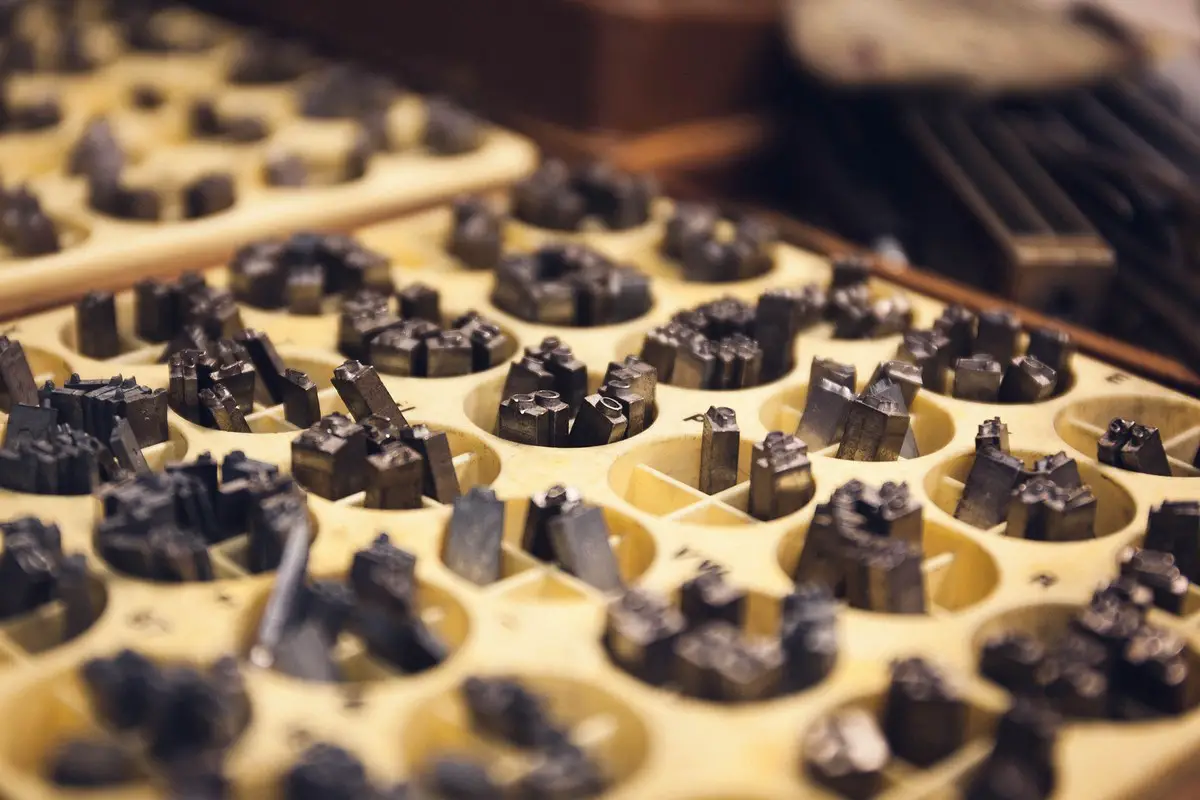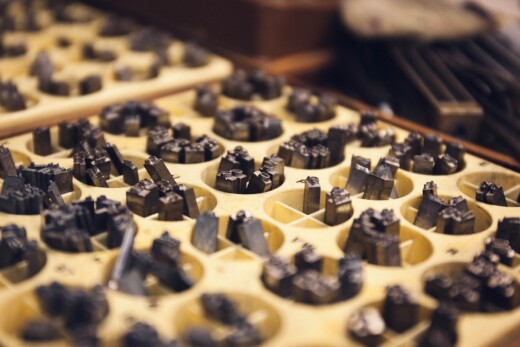Introduction to insert injection molding guide, injected molten plastic in mold, combine metals plastics materials
Introduction to Insert Injection Molding
16 April 2023
In our day-to-day activities, we get to use items made of not only one type of material but two or more. Some of the items are made up of a combination of both plastic and metallic materials. The materials are chosen according to the role and preferences of the end product. There are several ways of attaining such an item, and in this article, we will discuss insert injection molding, which is the most commonly used method.
Definition and overview of insert injection molding
Insert injection molding, also known as popular plastic injection molding, can be defined as the process in which plastic parts are formed around other parts which are not plastic or inserts. A metal insert is usually put in a mold cavity, and later on a molten plastic is injected for the two parts to bond after cooling.
Insert molding involves several steps for one to achieve the final product. To start the whole process, there is selling mold manufacturing whereby the designers decide a mold design and prototype, in most cases through rapid prototyping. Then a mold is created and cut into two. It is later assessed to ensure that it fits the role.
Clamping is the first step after a mold is created in the injection molding process. It involves pressing the metallic molds against one another. Then when the clamping is done, the injection process is next whereby the plastic gets to be liquified and later inserted into the mold at the same temperature.
Thirdly, the mold gets to be applied high pressure on it to ensure that the liquified plastic gets to occupy every part of the mold leaving no room for air. After the molten is settled well, the mold is left to give it time to cool down and harden, making it easy to detach the molded product. In case of blemishes on the end product, CNC machining can be used to remove them to make them set for use.
Benefits and advantages of insert injection molding
This process helps to ensure the durability of a product since it can incorporate upgraded product designs. It ensures accuracy with the end product since the metallic inserts are perfectly positioned in the mold as designed for the end product.
- Plastic parts being lighter than metal parts, the final product is usually lighter, which gives it a high performance and boosts its functionality. It is also lighter because there is no need to add other devices to connect the two materials. This is favorable to items that are required to be light such as the ones used for surgery.
- It is cost-effective since it is a simple process and does not involve many steps, reducing the production cost. There is also the use of cheap materials in the molding process.
- The insert injection process allows the designers to choose between various layouts that they find best for the products. It also allows the designers to add new features in the plastic parts to make the product more efficient.
- This process also makes it possible for the manufacturer to utilize a variety of materials in the production process. Some of these materials are usually environmentally friendly because they are recyclable, for example, nylon, polyethylene, and other thermoplastics.
It helps save on the cost of labor since the process mainly involves the use of machines. Therefore, the machine does the work that human labor could otherwise do in the production process. Also, the end products do not need a lot of work after the last step of production since they usually have no or little corrections to be made.
Common applications and industries
Considering the above advantages of the process, many industries have decided to use the process in most of their productions involving plastics. One of these industries is the automotive industry which prefers the process due to its ability to produce light products making it possible for automobiles to use less fuel. Engine parts are made from polymers, making them light and efficient for their roles.
Also, the medical industry has embraced the production process of surgical tools. This is due to their ability to produce light devices that are efficient for surgery. Dental devices, prosthetics, syringes, and medical knobs are also manufactured through the same process.
Another industry that has benefited from this process is the defense and military sector, which is used due to its ability to produce light and efficient gear for soldiers. For example, military weapons and parts of the vehicles that the military uses.
This process is also used in the production of consumer plastics used in consumers’ day-to-day lives, such as toys and cases for mobile phones. It is also used in the manufacturing of some chairs and seat covers.
Comments / photos for this guide to introduction to insert injection molding page welcome
Architecture
Rowanbank Gardens Edinburgh Housing
West Town Edinburgh Property Vision
Comments / photos for the Introduction to insert injection molding advice guide page welcome





